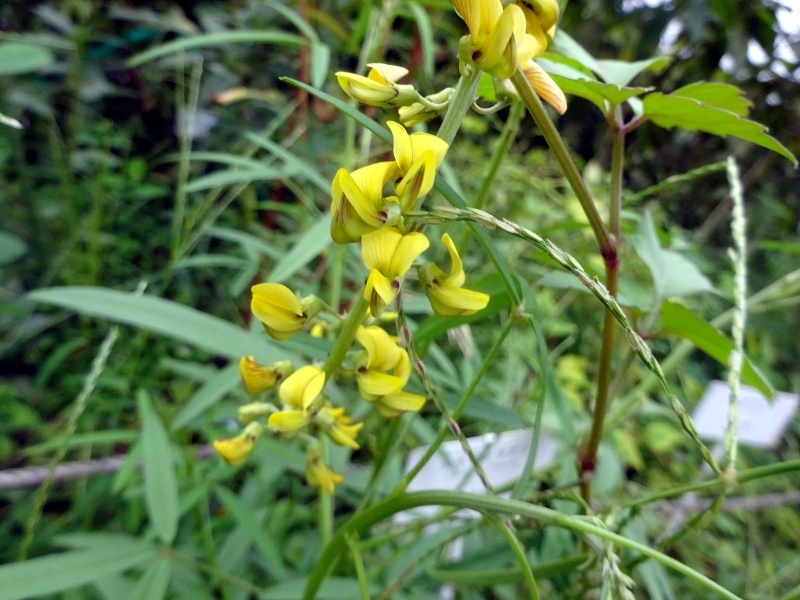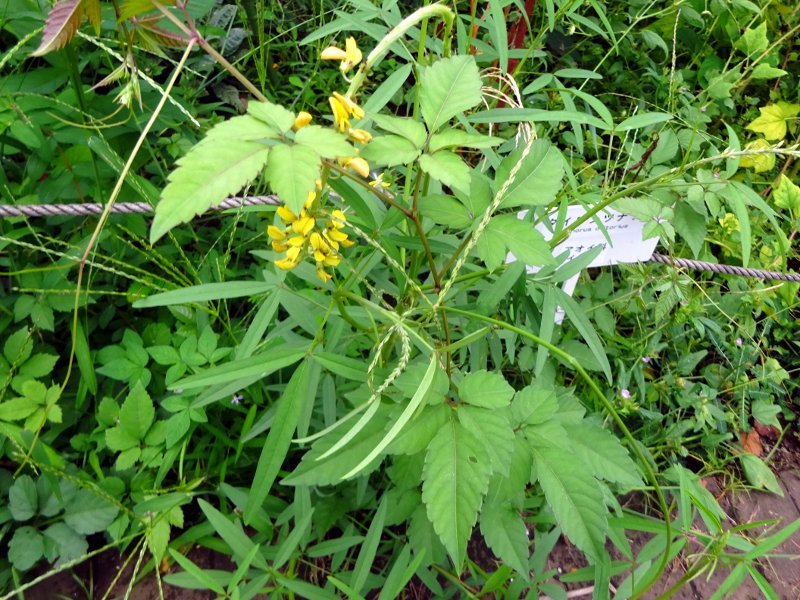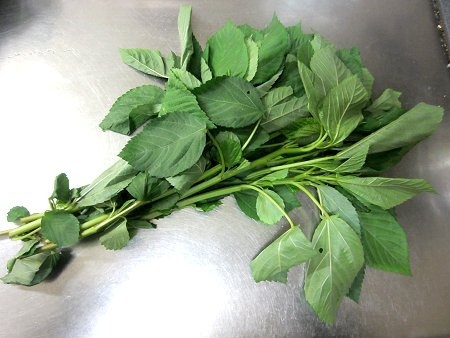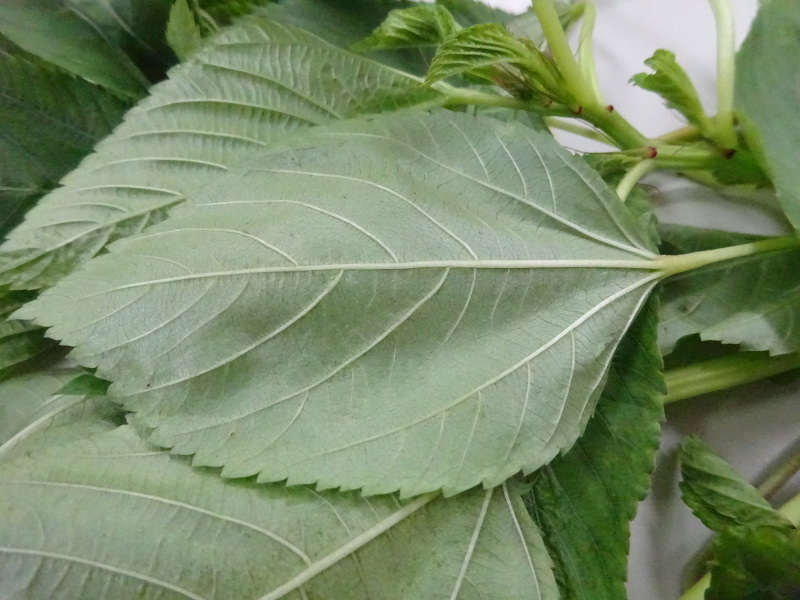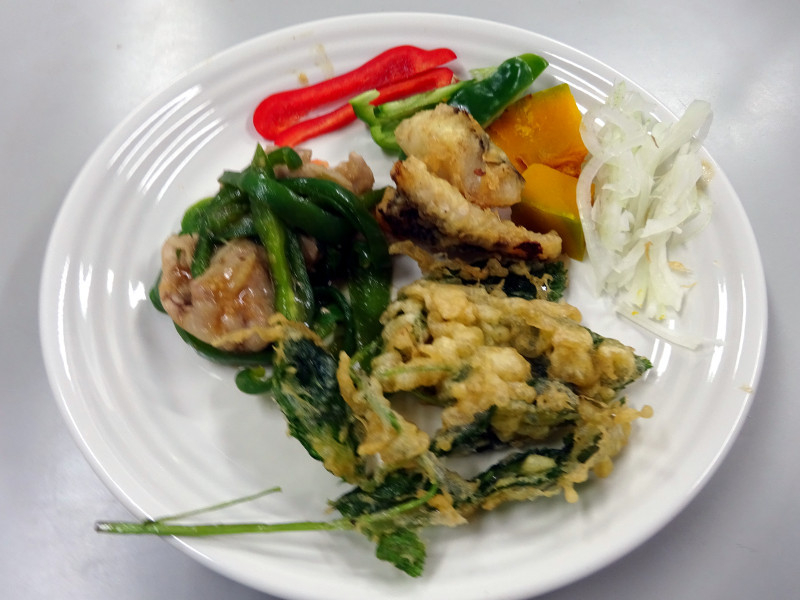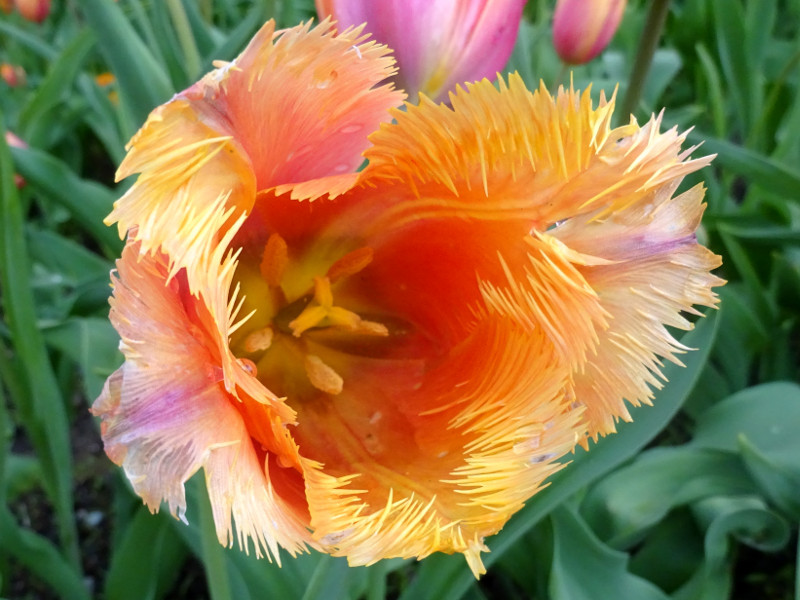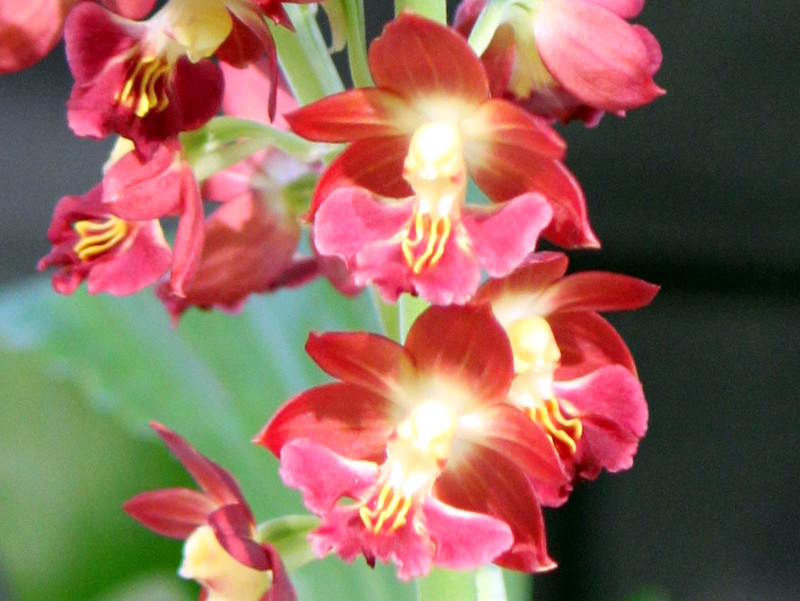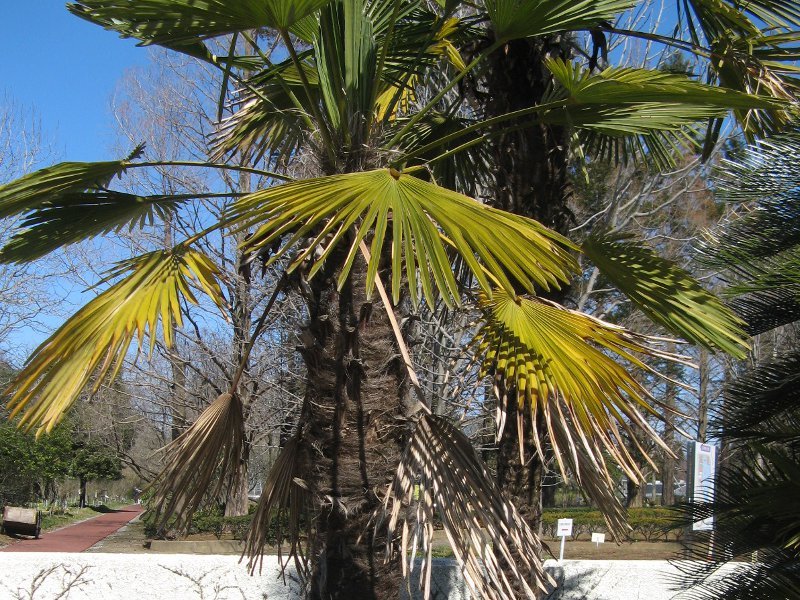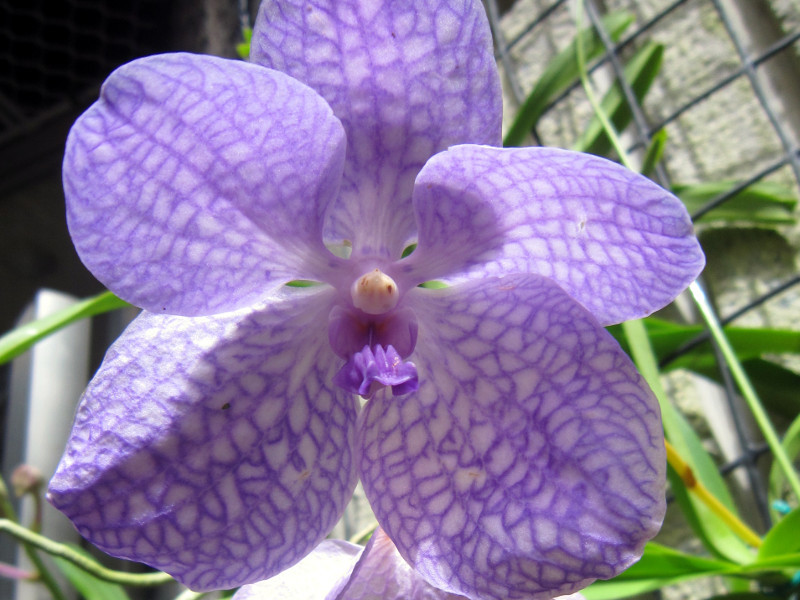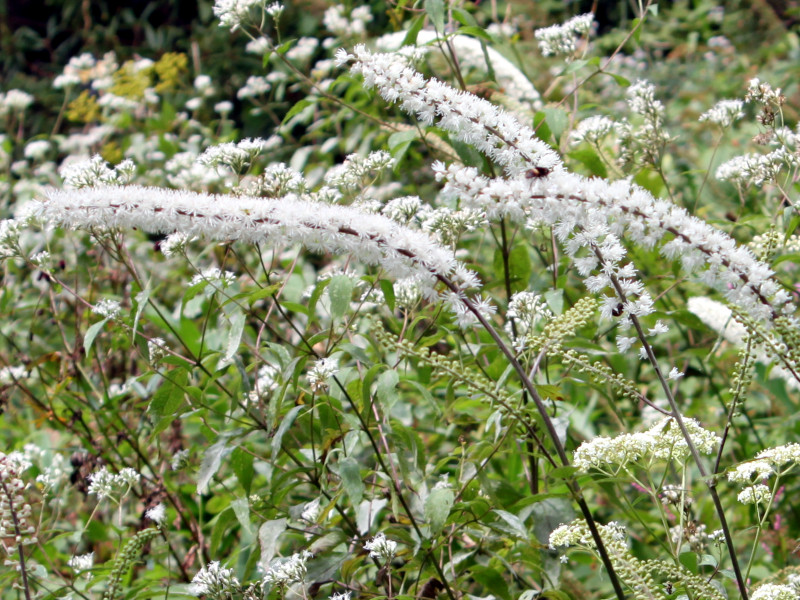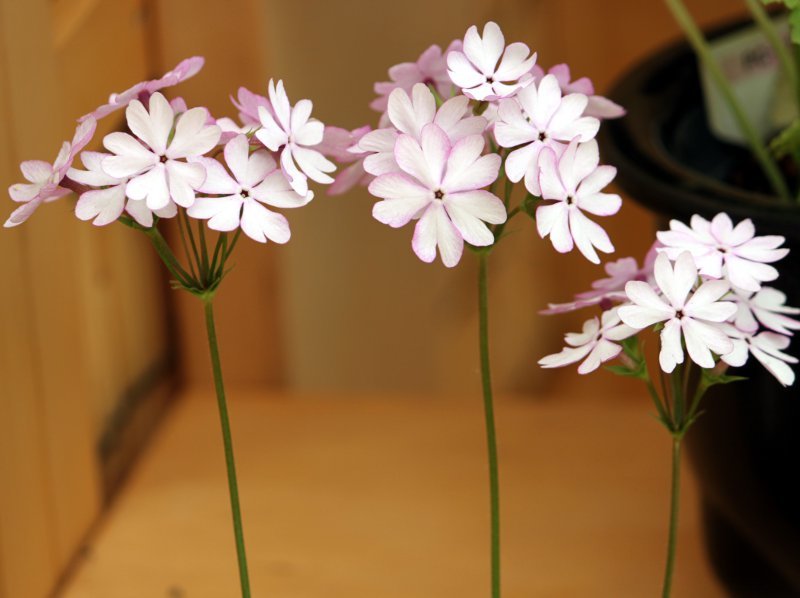Corchorus olitorius
Beard below the leaves
- Flower nameCorchorus olitorius
- Scientific nameCorchorus olitorius
- Aliasシマツナソ, 縞綱麻, nalta jute, Moroheiya, タイワンツナソ
- Place of originEgypt and India
- Place of floweringField
- Flowering seasonAugust, September, October
What is Corchorus olitorius
Corchorus olitorius or Moroheiya (Nalta jute, mulukhiya, scientific name: Corchorus olitorius) is an annual grass that becomes a vegetable of leafy vegetables of the family Malvaceae native Egypt to India. Stem fiber is called jute and it becomes fiber raw material. Young leaves are edible. A lot of vegetable fiber contains nutritional value such as vitamin A, B, C, E, potassium, calcium, iron etc. It is effective for constipation, bad cholesterol reduction, prevention of arteriosclerosis, reduction of carcinogenesis rate, etc. Fruits are poisonous and can not be eaten.
Common name: Moroheiya (mulukhiya ← Arabic word approximated), Scientific name: Corchorus olitorius L., aka:Nalta jute, Origin: Egypt, India, Living type: Annual grass, plant height: 50 cm (harvest), usually 100 to 200 cm, single leaf, leaf shape: ellipsoid, leaves: alternate , Leaf margin: thin saw tooth, leaf color: green, flower color: thick yellow, leaf margin: saw tooth, inflorescence form: single vertex in leaf axil or discrete inflorescence, flowering period: August to October, flower diameter: 2 cm, petal number : Fruit type: long cylinder shape, fruit length: 2.5 to 7.5 cm, fruit color: ash, 5: number of stamens: 5, number of pinch: 1, vegetable season: June to September, fruit type: Blue.
